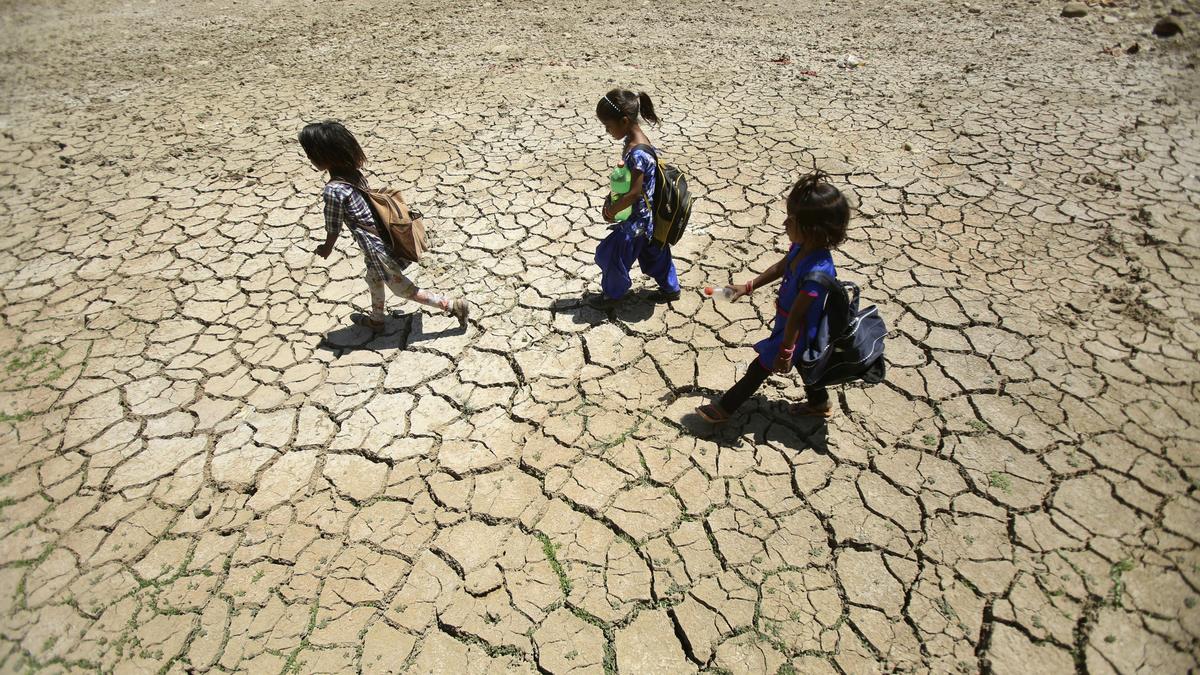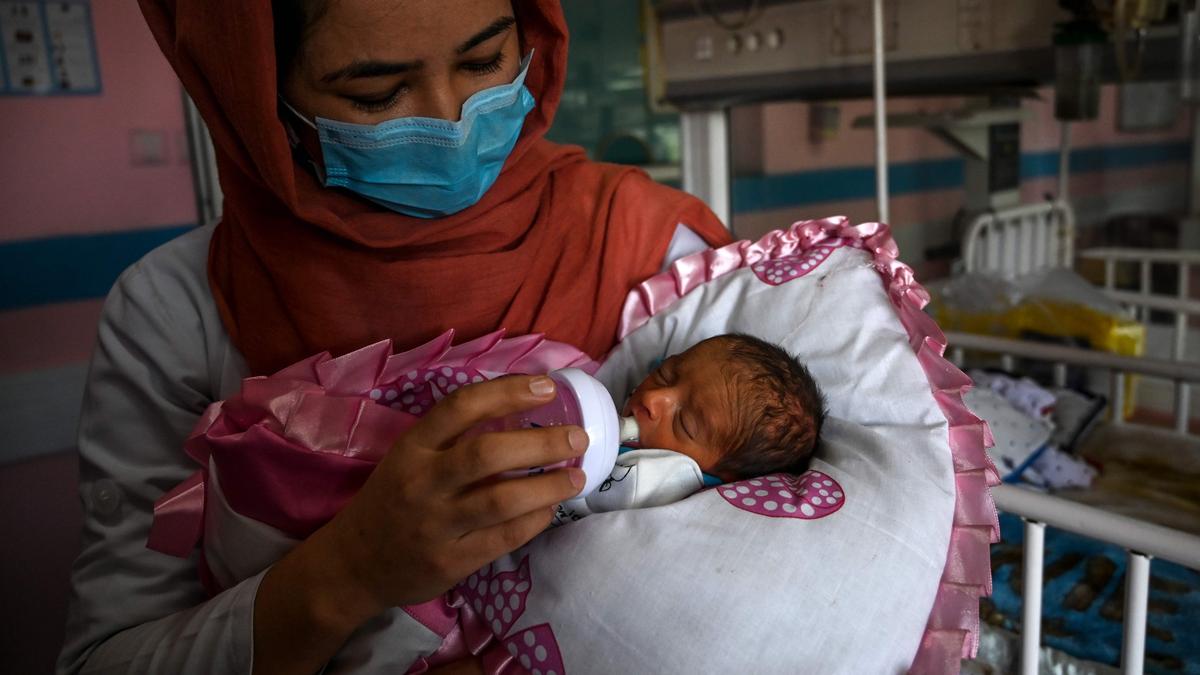Learning from centenarians: new study unveils the secrets of longevity in India

The oldest-olds group (especially centenarians, aged 100+ years) can offer valuable insights and learnings towards understanding longevity via health and healthcare behaviour, social security, dietary patterns, and lifestyle habits. While research investments aimed at understanding the secrets to longevity have grown substantially in high-income countries, developing and populous nations such as India are yet to witness such research advancements. Although India’s traditional knowledge systems hold abundant insights into longevity characteristics, persistent gaps in research and reliable statistics continue to hinder efforts to decode existing wisdom. A recently-published paper on profiling the health and well-being of centenarians, utilising data from the Longitudinal Ageing Study of India (LASI) offers some learnings.

Health markers
India’s sample centenarians reveal striking patterns of superior health markers and resilience. Interestingly, most were found to be in good health, reflecting optimal biomarker profiles. More than half (55.5%) of centenarians had a normal Body Mass Index (BMI), while about 41% were underweight. Further, more than 91% of centenarians (100% of female centenarians) had a normal waist circumference. The absence of overweight and high-waist-circumference centenarians in the sample clearly indicates the importance of weight management and lean lifestyles (dietary restrictions and physical activity) for a healthier and longer life. Chronic ailments that dominate discussions of ageing were virtually absent, with zero cases of high cholesterol, stroke, or heart disease, and only a few with diabetes (1.7%). More than 90% of centenarians had never consumed alcohol, and about 68% had never smoked tobacco. Collectively, these findings highlight the absence of major risk factors as a defining marker of longevity. Global studies have also observed that centenarians either completely avoid or markedly delay the onset of chronic diseases.
These findings add heft to the growing calls from experts to shift the public health discourse in India in order to promote healthy dietary habits and an active lifestyle at the population level, especially among urban older adults. Nutrition policies and programmes need to pivot toward behavioural interventions (dedicated campaigns by faith leaders and influencers as well as focused camps) to promote awareness of the benefits of weight management via healthy diets—reducing consumption of foods containing high fat, sugar, and salt; restricting alcohol and tobacco intake; and developing a consistent health routine. Active policy engagement in this regard has to start now, to mitigate the health burden in the coming decades, when the number of superagers and centenarians in India is expected to increase manyfold.

Activities of daily living
Only about a third of the centenarians reported difficulties with basic activities of daily living (ADLs), including walking (33.3%), eating (33.3%), bathing (36.1%), and dressing (36.1%). However, more complex instrumental activities of daily living posed substantial barriers. A large proportion of centenarians struggled with housework (88.9%), managing money (83.3%), making calls (77.8%), shopping (75%), and finding addresses (69.4%). From a gender perspective, the findings are alarming, as most of the sample centenarians were female widows from rural areas.
The duality of resilience in health but dependence in daily function carries direct implications for ageing-related policies. The findings warrant sustained efforts towards promoting formal caregiving, community-based day-care services, accessible transport, nursing, and ambulatory care. These ADL limitations also indicate the requirement of an age-based tailored approach to providing elderly care and functioning assistance from a policy standpoint.
Behavioural interventions are also required to promote and destigmatise extra-familial services, such as outside help for formal nursing care of the elderly, to ease the workload on family members. This becomes especially important for tasks that require mental and cognitive abilities, including managing finances and calling for help in case of emergencies. Advancements in modern technology can also be leveraged to provide remote monitoring support, as well as specialised geriatric aids and equipment to manage urgent healthcare needs. Finally, a focus on improving social security nets for the oldest-old is critical to promote paid caregiving, along with enhancing the self-respect and subjective well-being derived from financial autonomy.

Well-being profile
Subjective self-assessments are known to be important markers of longevity. Several studies have shown that people with positive ratings toward self-health assessment and life satisfaction levels have a higher likelihood of better health markers and a longer life. The majority of the sample centenarians in India expressed moderate (36.8%) and high (51.2%) levels of satisfaction with their lives. More than 75% of the sample centenarians believed that they were healthy and happy.
Such findings point towards the need to promote discussions around socialisation activities and engagement, family care and bonding, living arrangements, and mental health issues. Potential pathways could be in the form of devoted elderly day-care platforms to encourage voluntary helping activities (remedial teaching and parenting support), augmenting a sense of purpose, and hence enhancing the self-assessment of well-being. Additionally, spiritual gatherings (yoga, meditation, and spiritual talk groups) are an essential platform for elderly Indians to socialise and connect at later stages of life. Fostering such congregations can be beneficial for both psychological and emotional well-being. Finally, a high well-being rating by the oldest-olds also indicates the importance of mental wellness. Possible learning points from this could be adopting better sleep routines, more outdoor recreational activities, and limiting screen time.

The way forward
India will be home to the highest number of centenarians (superagers) by 2050; therefore, the subject domain warrants timely research and policy attention. To emerge as a global economic powerhouse requires a long-term perspective on research in longevity and well-being. The first step forward is to build a strengthened database on the oldest-olds, their distribution across geographies, demographics, and socioeconomic groups, and their basic lifestyle habits. Currently, the headcount numbers on centenarians in India are puzzling across data sources. For example, the 2011 Census shows the centenarian headcount in the country to be 605,778, with 67% of them residing in rural areas; United Nations projections however, were much lower at 20,000 centenarians in 2012, expected to exceed 6,00,000 by 2050.
India has demonstrated remarkable success in generating reliable demographic and health statistics on infant births, vaccinations, and maternal health. Large-scale efforts and decades of public health investments are reflective of the country’s strengthened maternal and child health data infrastructure. This capacity now needs to be extended to longevity and scientific, policy-based ageing research. Global evidence indicated that longevity secrets cut across clinical, biological, physiological, genetic, and socioeconomic factors. India, with its sheer scale and diversity, is uniquely placed to contribute to this understanding.
(Sunil Rajpal is an assistant professor of economics & director, Centre for Research in Wellbeing and Happiness (CRWBH), FLAME University, Pune. sunil.rajpal@flame.edu.in Shreya Ronanki is research analyst, CRWBH, FLAME University, Pune. shreya.ronanki@flame.edu.in)
Published – November 28, 2025 06:00 am IST





